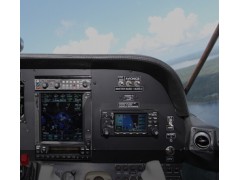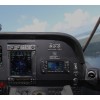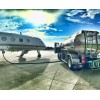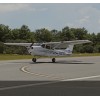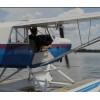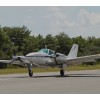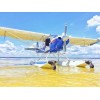OVERVIEW
The instrument rating is a must for any serious pilot, and is known to be one of the most challenging ratings to get. The instrument rating allows you fly in weather minimums less than VFR. Flying without being able to see the ground, or what is around you, will mess with your senses and feelings of orientation. Instrument training is designed so you can become accustomed to those disorientating feelings, tuning them out, and focusing on your cockpit instruments so you can fly safely through low visibility. The instrument rating will make you a far more prepared and confident aviator plus the added flexibility over VFR pilots.
ENTRY PREREQUISITES
FAA 3rd Class medical
Private pilot airplane single-engine land (minimum)
Rental form completed
US unexpired Passport or Birth Certificate and government issued Photo ID
TSA logbook endorsement
HOUR BREAK DOWN
MINIMUM HOURS OF TRAINING UNDER FAR 141 APPENDIX C
21 hours of flight instruction in the following areas:
One 250 nm cross-country under IFR, with one segment of 100 straight line distance, and 3 different IAPs
Navigation Systems
Instrument Approach Procedures
Emergency Operations and more
14 hours of simulator instruction in the following areas:
Navigation Systems
Instrument Approach Procedures
Emergency Operations
30 hours of ground instruction

